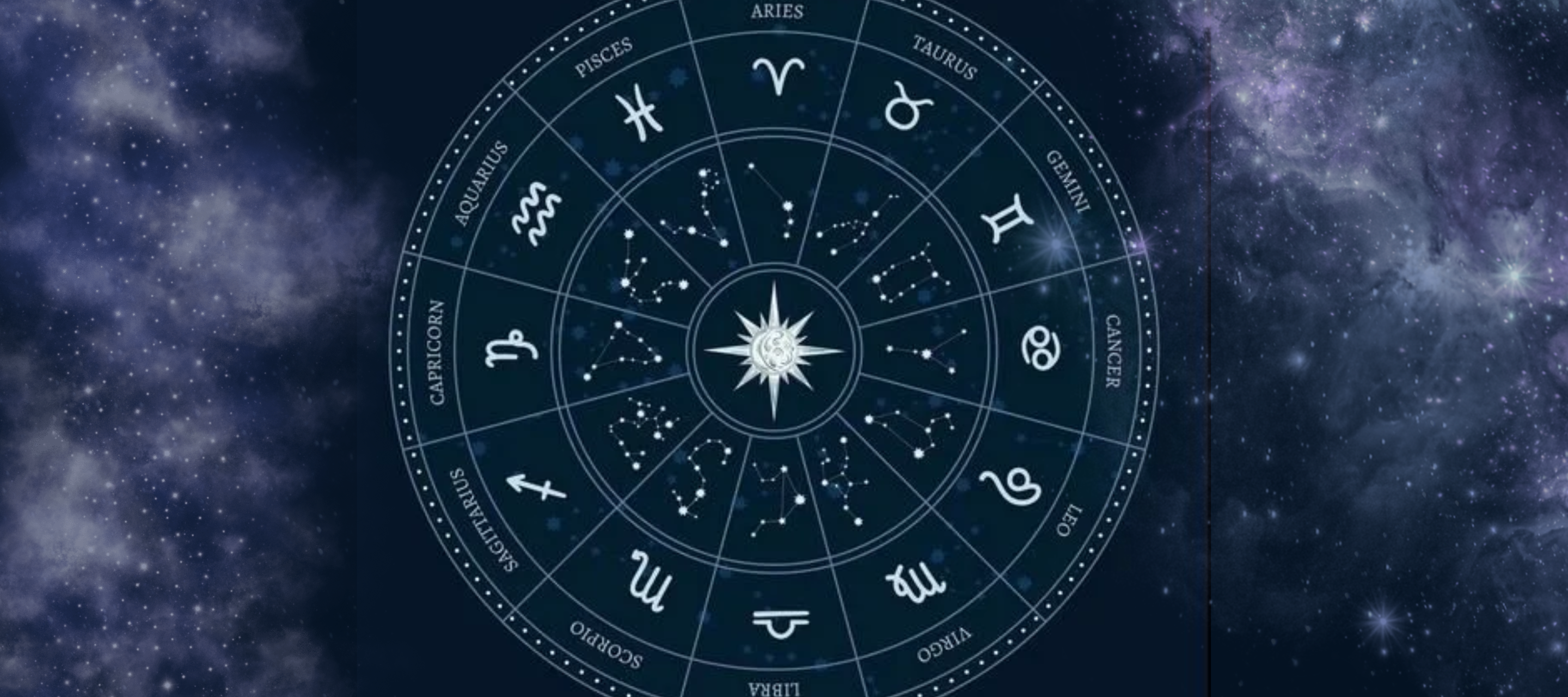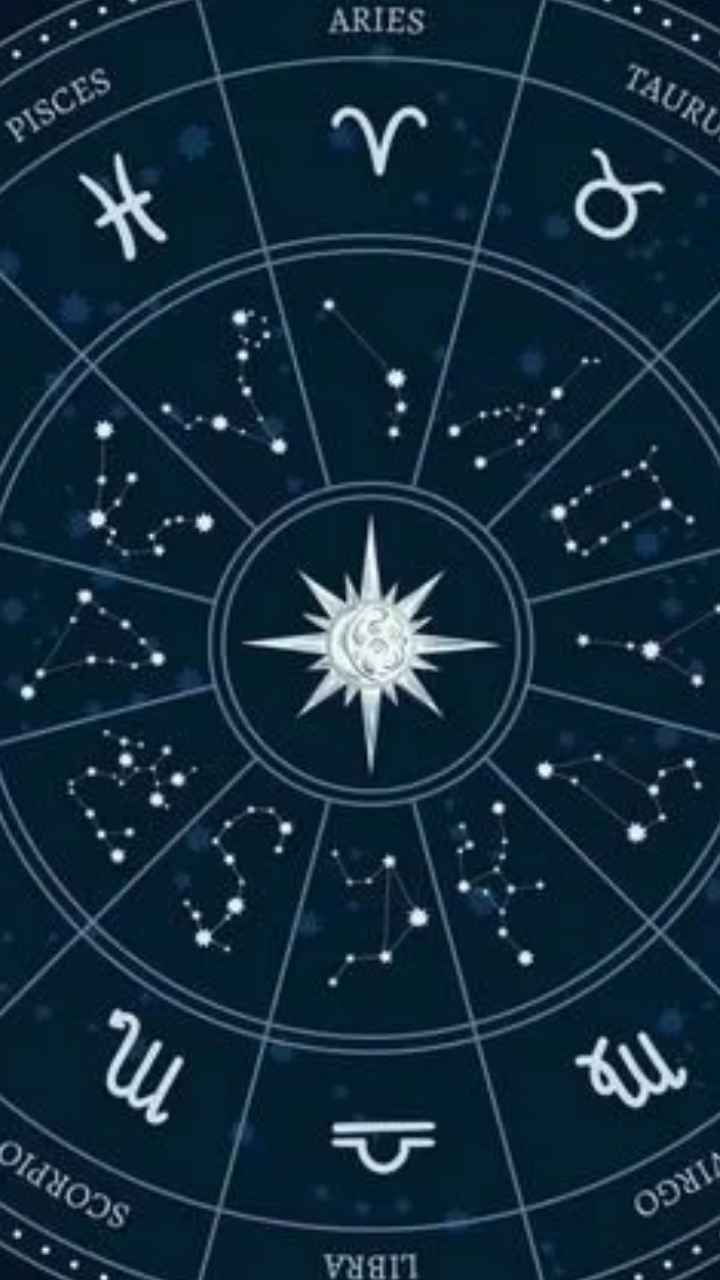Astrology is often thought of as a single unified system, but in reality, it comes in many forms—each interpreting the heavens through a unique lens. Two of the most widely known systems are tropical astrology and sidereal astrology.
While they both use the twelve-sign zodiac and the same planetary bodies, the way they map the sky—and the meanings they extract—are quite different. Understanding these two approaches can illuminate why your zodiac sign might change depending on the system you use, and how each offers its own kind of cosmic insight.
Tropical astrology is the most commonly practiced form in the Western world. Rooted in the philosophies of ancient Greece and codified by the astrologer Claudius Ptolemy around 150 CE, this system is based on the Earth’s relationship to the Sun and the seasons. Rather than mapping the stars as they are in the sky right now, tropical astrology begins the zodiac with the Spring Equinox—when the Sun appears to cross the celestial equator, marking a balance of day and night. At this moment, the Sun is said to enter 0 degrees Aries, the first sign of the zodiac.
From this point, the rest of the signs follow in equal 30-degree segments, forming a fixed zodiac wheel. This means that Aries will always begin in late March, regardless of where the actual constellation of Aries is positioned in the sky. As a result, tropical astrology is often described as a symbolic or archetypal system. It emphasizes seasonal cycles and psychological patterns rather than literal star placements. Many Western astrologers use it to explore personality traits, emotional tendencies, and the evolving journey of the self through life’s different phases.
Sidereal astrology, by contrast, looks to the stars themselves. The word “sidereal” comes from the Latin sidus, meaning “star,” and this system anchors the zodiac to the actual constellations as they appear in the sky today. Sidereal astrology is the foundation of Vedic astrology—also known as Jyotish—which has been practiced for thousands of years in India. In this system, the zodiac signs are aligned with the fixed star constellations, and the movement of the planets is measured against these real-time celestial backdrops.
A key difference arises due to a phenomenon called the precession of the equinoxes. The Earth’s axis wobbles very slowly, completing a full cycle approximately every 26,000 years. This causes the position of the constellations to drift gradually relative to the Earth’s seasonal markers. Over time, the tropical and sidereal systems have grown apart by about 23 to 24 degrees. That means someone with a Sun sign in Leo in the tropical system might actually be a Cancer in the sidereal chart.
Because of its astronomical basis, sidereal astrology is often regarded by its practitioners as more accurate in terms of what’s literally happening in the sky. However, accuracy in astrology isn’t purely about star positions—it’s also about interpretation, symbolism, and application. Sidereal astrology tends to focus more on the soul’s journey, karmic lessons, and spiritual development. It’s deeply intertwined with concepts like dharma (life purpose), past-life karma, and future destiny.
Many Vedic astrologers use additional tools like dashas (planetary time periods) and nakshatras (lunar mansions) to deliver incredibly detailed life readings and predictions.
These philosophical differences also inform how each system is applied. Tropical astrology, being more seasonal and psychological, is often used to explore a person’s conscious identity, emotional patterns, and behavioral tendencies. It offers a lens through which to understand your ego, motivations, and inner narrative. Sidereal astrology, on the other hand, tends to explore the deeper layers of self—the soul's contract, unresolved karmic themes, and the timing of major spiritual turning points. Where tropical astrology may guide you in understanding your personality, sidereal astrology seeks to map your destiny.
This divergence leads many to ask: which system is more “correct”?
In truth, there is no definitive answer. Each system offers its own unique insights, and many astrologers view them as complementary rather than contradictory. Some suggest that the tropical chart reflects how you present yourself to the world—your ego and persona—while the sidereal chart shows your deeper self, your soul’s essence, and your karmic path. In this way, comparing both charts can offer a more holistic understanding of who you are and what you're here to experience.
Ultimately, both sidereal and tropical astrology seek to bridge the celestial and the personal. They simply use different reference points to do so. Whether you resonate more with the symbolic framework of the seasons or the literal mapping of the stars, both paths lead to a deeper awareness of your place in the cosmos.
The sky hasn’t changed—only the way we interpret it has. And in that diversity of perspective lies one of astrology’s greatest strengths.


